Sonidos Negros —— On the Blackness of Flamenco
----- 黑色:论弗拉门戈的黑暗
ISBN: 9780190466916 出版年:2018 页码:316 Goldberg, K Meira Oxford University Press
Flamenco imagery has long revolved around the Spanish Gypsy. Gypsies fascinate, precisely because they tread the line between Saracen and European worlds. Representations of dancing Hispano-Gypsies, emerging in Christian Spain out of the fertile substrate left by defeated, enslaved, and exiled Jews, Muslims, and Ibero-Africans, embodied the continued presence of those absent, and provided a corporeal language for aesthetic and moral values that could not be spoken. How did early modern Hispano-Gypsy performance mediate and define the boundaries between black and white, slave and free, Christian and Muslim? How Africanist is flamenco? With a close analysis of three dance typesâguineo/villancico, fandangos, and buleriasâthis essay explores the ways flamenco is threaded through with blackness.
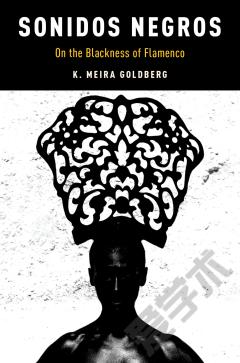
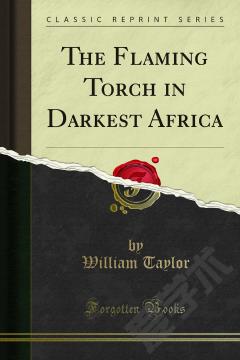
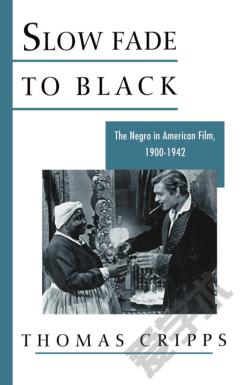
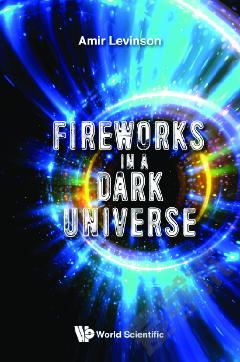

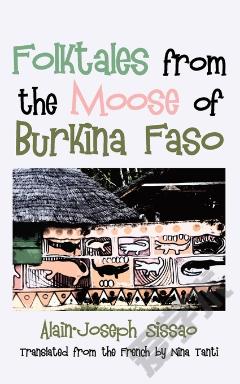


 京公网安备 11010802027623号
京公网安备 11010802027623号